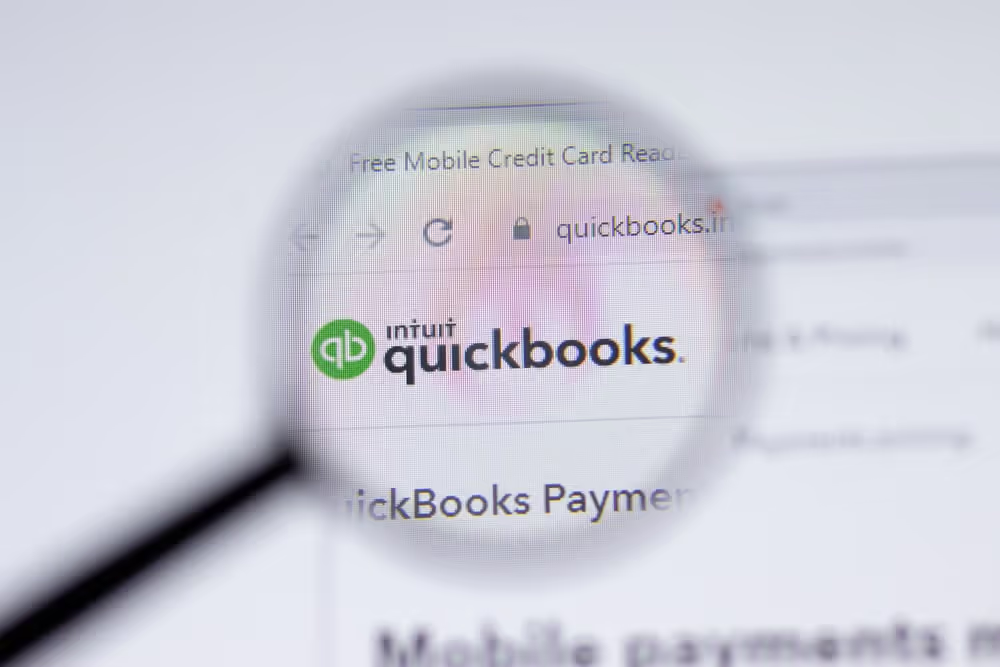An Introduction to Paying Self-Employment Taxes
From selling handmade goods online to freelance consulting or running your own registered business, there are many ways in which a person can be self-employed. In fact, having a “side hustle,” as it’s often called, is quite common these days, which makes it that much more important for taxpayers to understand how their self-employed income is taxed. This article will give you a brief introduction to self-employment taxes, what they are, why you pay them, and how you pay them. If you need assistance filing your tax return, contact our accounting firm today.
What Are Self-Employment Taxes?
As a citizen of the United States, you know that you’re expected to be tax on all of your income. For W2 employees, income tax is withheld from their paychecks, so they never actually see that money coming into their account; it goes straight to the government. (You may have to pay a little more or get some of it back when you file your tax return, but that’s another matter.)
If you have self-employment income, then odds are that that income is not taxed before you receive it. You’re paid upfront and nothing is withheld. This means that you’ll have to pay all of the taxes on this income after you’ve already received it, which can sometimes be a tough pill to swallow. This pill can be made even more unpalatable by the fact that you must pay more than income tax on that money.
If you take a look at the paycheck from a W2 employee, you’ll notice that in addition to having income tax withheld from their paycheck, they also have Social Security and Medicare taken out. You’ll need to pay this on the backend for your self-employment income as well—and this is the portion that we call self-employed taxes. So, while W2 employees are “balancing out” what they owe in taxes when they file a return, you will be paying the full amount of your income tax and self-employment taxes on your self-employed income all at once.
How Much Are Self-Employment Taxes?
If you’ve never had self-employed income before, you’re probably wondering just how much you can expect to pay on that income. Currently, the Medicare tax rate is 2.9% and the Social Security tax rate is 12.4%. This means that you should expect to put 15.3% of your total self-employed income towards self-employment taxes; this is in addition to your income tax rate, which will be based on your total income.
For most self-employed individuals, the Medicare tax rate is applied to all of your self-employed earnings, while the Social Security tax rate is only applied to the first $128,400 of that income. However, there are exceptions to this, so be sure to consult a professional tax accountant.
How to Report Self-Employment Income
Reporting self-employed income, though more difficult than filing a return with only a W2, is actually a lot simpler than most people might imagine. Typically, you only need a couple of additional forms; self-employment income is reported on Form 1040, and you may need to attach a few additional schedules for that form, depending on your exact income situation and expenses.
Schedule SE can be used to calculate your self-employment tax, and Schedule 1 is used for any additional adjustments. Attach any schedules you use to your Form 1040, and include these forms with the rest of your tax return. This is typically all it takes.
Deducting Self-Employment Taxes
Many self-employed individuals can be a bit taken aback by the amount they have to pay in self-employment taxes. Luckily, up to half of your self-employment taxes can be deducted on your income taxes. This is done on Schedule 1 of Form 1040. Please note that this deduction will reduce your taxable income for income tax purposes, but it does not reduce your net earnings from self-employment, and therefore does not impact the amount you actually pay in self-employment tax.
When Do You Pay Your Self-Employment Taxes?
For those earning self-employment income for the first time, you might think that you simply pay your taxes when you file your return. While you may be able to do this for a low-income “side hustle,” if you receive a great deal of self-employed income, it’s highly likely that you should be making estimated quarterly payments on your taxes.
The United States operates on a pay-as-you-earn system for tax purposes, which means you’re expected to pay the appropriate taxes as you earn the income, rather than waiting until you file a tax return. For self-employed individuals and business owners, this means making installment payments each quarter. Failing to pay a sufficient portion of your taxes before the tax year ends can result in major fines and penalties for underpayment, so it’s important to understand what you’re expected to pay and when.
If you need assistance with quarterly payments or with your tax return, contact us today to schedule an appointment with an experienced CPA.
%20(1).avif)
Peter Demian is a highly-rated CPA specializing in accounting and tax services for individuals and businesses across 49 states. He offers expertise in tax strategies and assistance with IRS settlements.


.svg)





